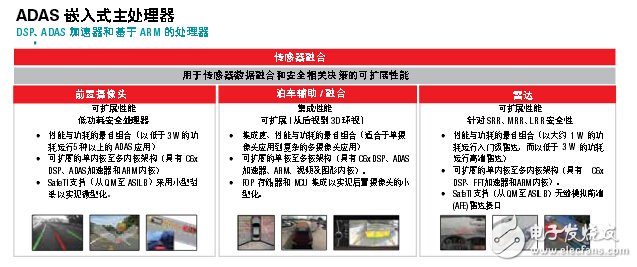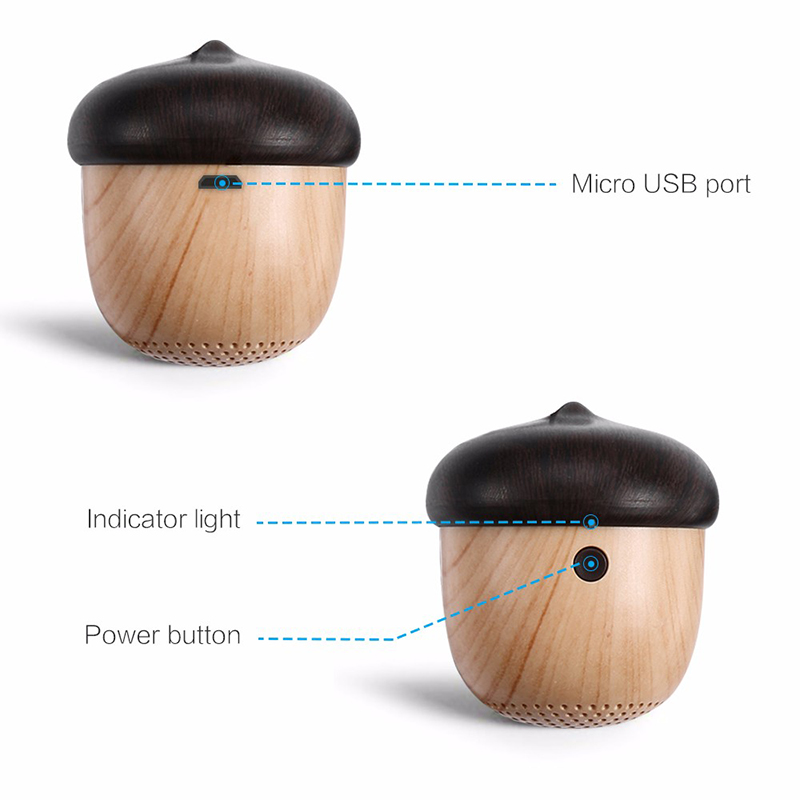Since it has even entered the mid- to low-end automotive market, Advanced Driver Assistance Systems (ADAS) is one of the fastest growing applications in the vehicle industry. At present, many features can warn the driver to better observe the outside of the car and support functions such as parking assistance and adaptive cruise control – these are based on radar, camera, light detection and range (LIDAR) ) and the ultrasound system to achieve. Advanced ADAS capabilities and autonomous driving do require a combination of multiple systems. TI offers analog and digital solutions and has a solid roadmap to support the growth and growth of this exciting application area.

Most of today's Advanced Driver Assistance Systems (ADAS) functions are essentially their own stand-alone systems with the most commonly used sensors such as radar, camera and ultrasound. As technology continues to evolve, TI has found that the use of multiple different sensor inputs is becoming more common, and these inputs are combined to help make more accurate decisions and identify crisis situations.
Vision
• Strong trends in different ADAS systems increase demand for new and advanced semiconductor components
• Digital signal communication replaces analog solutions to provide higher bandwidth and image processing speed
• Overall solution size and power dissipation are critical to reducing camera module size
• Reduce the cost and weight of the harness and save the cost of the connector
• DSP performance enhancements to run multiple higher performance vision algorithms
radar
• Integrated analog front end, phase-locked loop (PLL) and synthesizer, and radio frequency (RF) components to reduce system cost, power, and board space
• Needs a clock with low jitter and low phase noise, a voltage controlled oscillator (VCO) with up to 38 GHz, a PLL with 10 GHz+ frequency, and a synthesizer with waveform generation to achieve the desired radar system performance
• Use low noise RF power to boost/implement radar and analog signal link performance
General ADAS requirements
• Safety critical systems (such as autonomous braking and steering) will need to comply with ISO 26262 certification
• Sensor fusion (camera, radar, ultrasound) for higher system performance (compared to stand-alone systems)
• Lower power consumption
• Automotive safety assessment (NCAP, NHTSA), government mandatory decrees and consumer safety awareness drive rapid growth in the ADAS market


The Bluetooth wireless speaker is the terminal of the entire audio system, to convert the audio energy into corresponding sound energy and radiate it into the space. Bluetooth Speakers usually consist of speaker, crossover, cabinet, sound absorbing materials and so on. Bluetooth Speaker is a device that converts audio signal into sound. In general, it means that the main body of the speaker or the subwoofer box has its own power amplifier. After the audio signal is amplified, the sound is played back by the speaker itself, making the sound louder.
Advantages:
1: Perfect support for the tablet and mobile phone. The transmission is stable. the distance is generally 10 meters.
2: Miniaturization, fashion, and versatility.
3: The sound quality is delicate and soft. The appearance is more delicate and beautiful.
The sound pressure level of the sound is not too high, and the power received is relatively small.

Bluetooth Speakers
Bluetooth Speaker,Wireless Speaker,Wireless Bluetooth Speakers,Portable Wireless Speakers
Shenzhen Linx Technology Co., Ltd. , https://www.linxheadphone.com